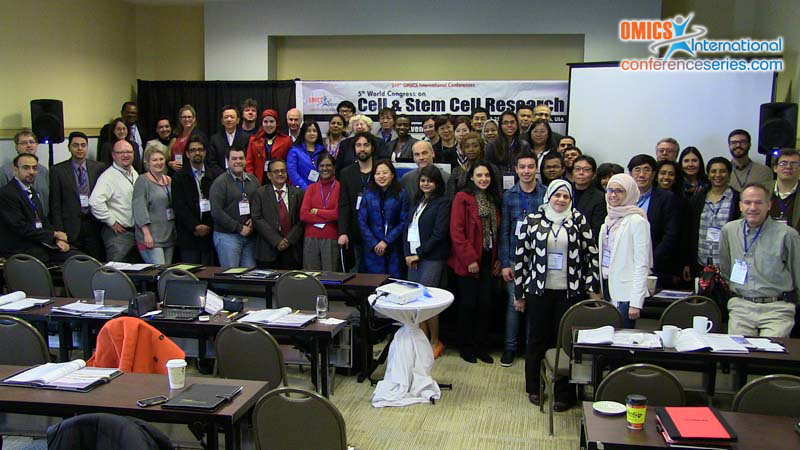
Evelyn M. Jiagge
University of Michigan Health System
USA
Title: Multiethnic triple negative breast cancer comparisons of gene expression shows enrichment of distinct pathways in ALDH1+ compared to CD44+/CD24-/EpCAM+ cancer stem cell populations
Biography
Biography: Evelyn M. Jiagge
Abstract
Triple negative breast cancers (TNBC) constitute a heterogeneous group with relatively poor outcome and increased prevalence in women of African descent. There is emerging evidence that a subpopulation of breast cancer cells, termed breast cancer stem cells (BCSC), has the unique ability of self-renewal, and may contribute to treatment resistance and metastasis. We therefore sought to determine whether the poorer breast cancer outcome for women of African descent related to molecular alterations in their BCSC populations. To accomplish this, we analyzed subpopulations of cells previously found to exhibit stem-like characteristics of self-renewal, within each tumor in order to delineate the heterogeneity of gene expression patterns in different subpopulations of cells within tumors of patients of diverse ethnicities. Based on previous work, we hypothesized that there are distinct sub populations of BCSC, which exhibit distinct signaling pathway enrichment that may confer to TNBCs their highly metastatic and drug resistant characteristics. We developed PDX models from TNBC of 5 Ghanaian, 5 African American and 5 Caucasian patients. We collected bulk cells from the PDXs and used fluorescence-activated cell sorting (FACS) to select and collect ALDH+ cells and CD24 CD44+EpCAM+ cells. We extracted RNA from the sorted cell populations and performed RNA-sequencing using the Illumina Next Generation Sequencing platform. Our results showed that the bulk, ALDH1+ and CD44+ populations within each tumor segregate closely together, and we noted no distinct ethnic separation when we performed the analyses either of the bulk or special subpopulations. Upon centering on the mean for each sample in each tumor, thereby abrogating differences between individual tumors, we observe a significant separation between the ALDH1+ and the CD44+/CD24- sub populations. In particular, the following pathways are most differentially enriched in these subpopulations; the numbers between parentheses indicate the numbers of genes significantly altered that contribute to each pathway. ALDH1+ : Wnt (10), MAPK (13), axon guidance (6), GnRH signaling (7), TGFbeta (9), endocytosis(5). CD44+/CD24-/EpCAM+: tRNA synthesis (5), N-glycan biosynthesis (7) and RNA degradation (6). We are now focusing on additional experiments to verify whether the above pathways are indeed active in these subpopulations and we are exploring their biological significance in regards to tumor growth and metastases. Although we did not detect any specific clustering of tumors by ethnicity, our work suggests the presence of an ALDH1+ subpopulation of cells that exhibit characteristic enrichment of pathways distinct from those enriched in CD44+/CD24- /EpCAM+ cells.

